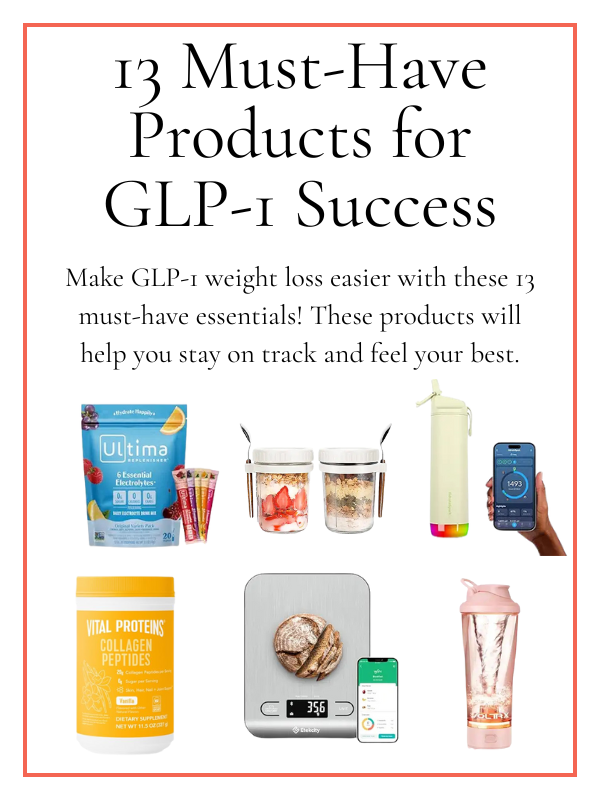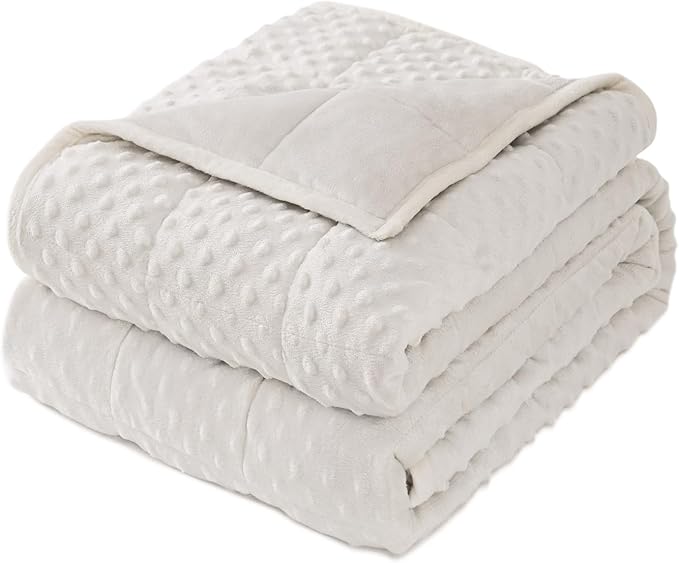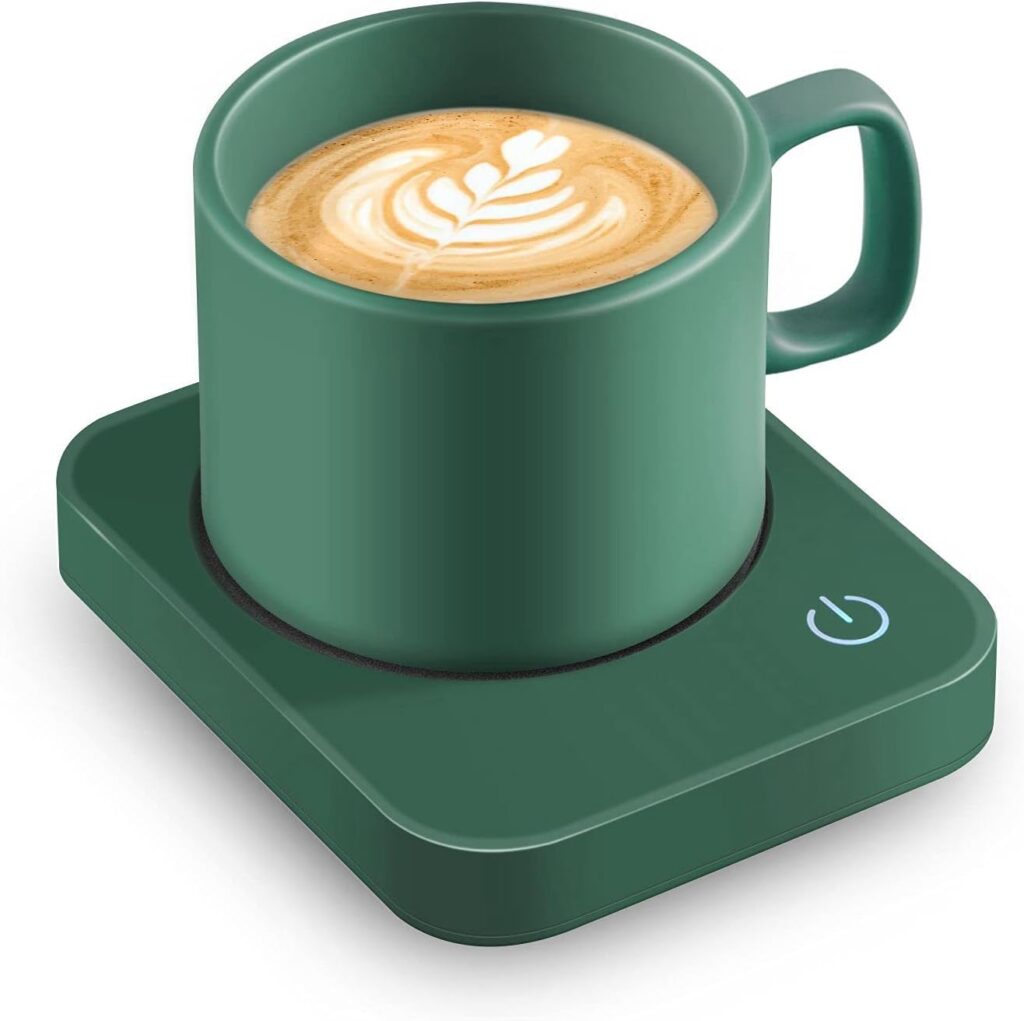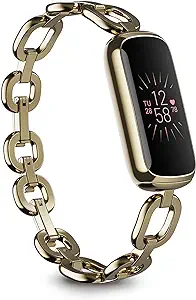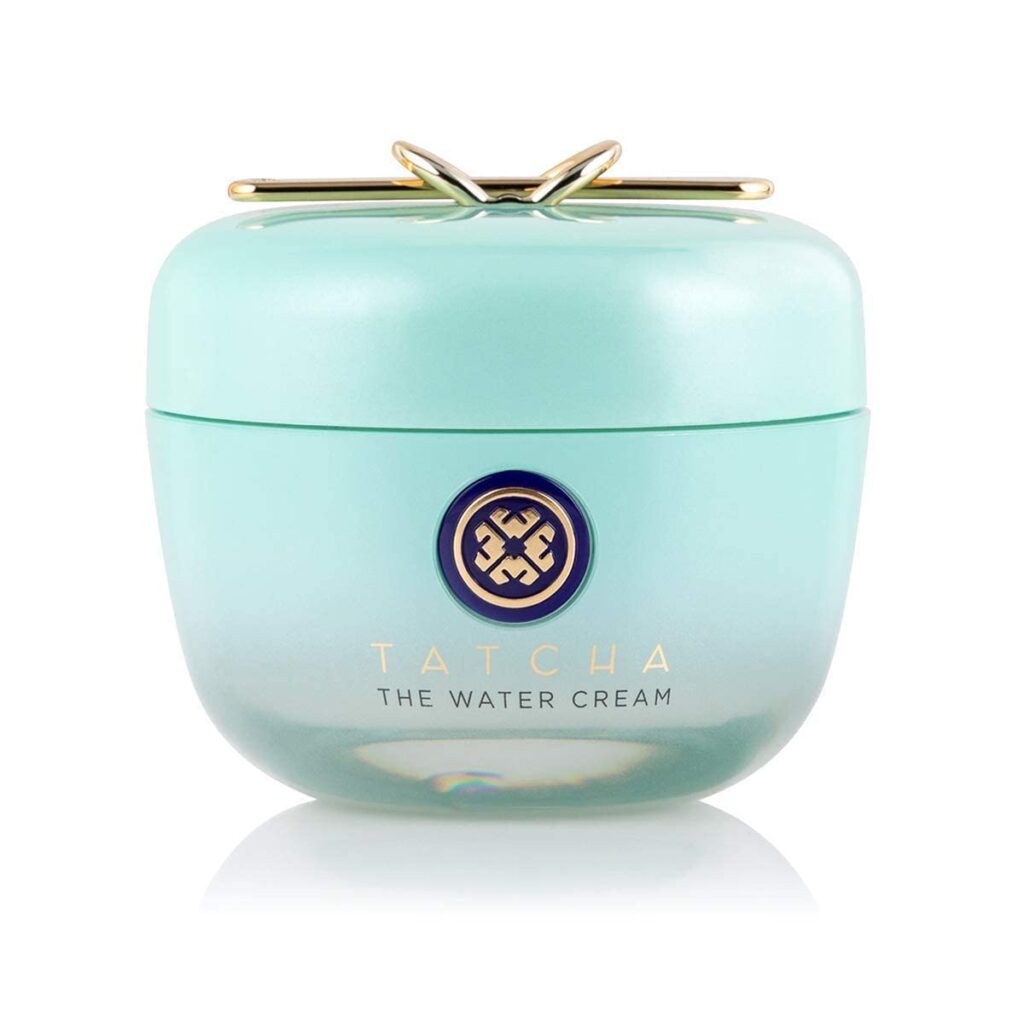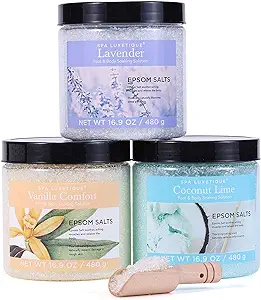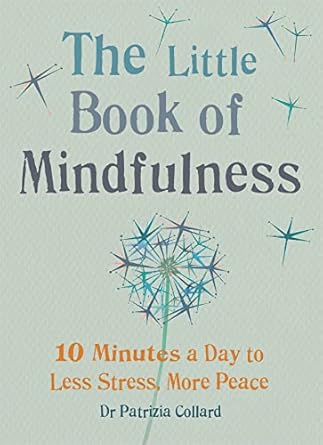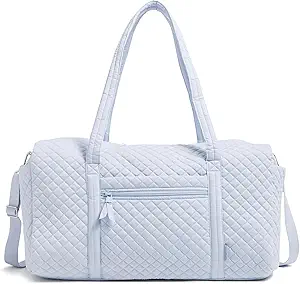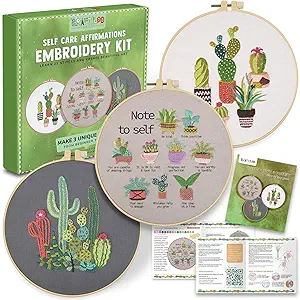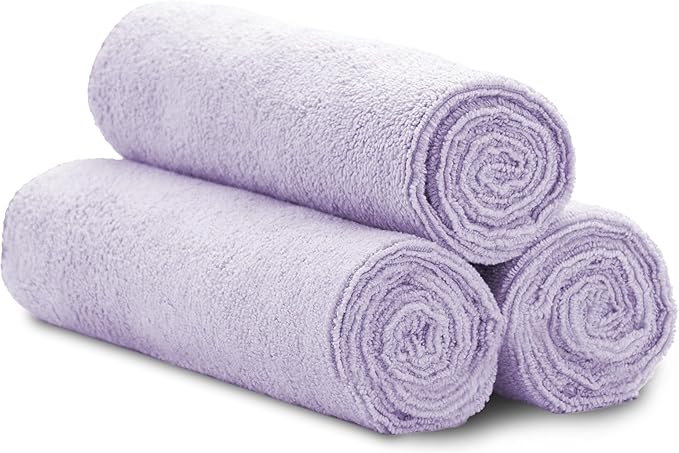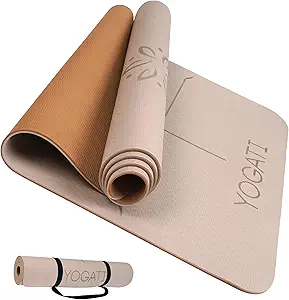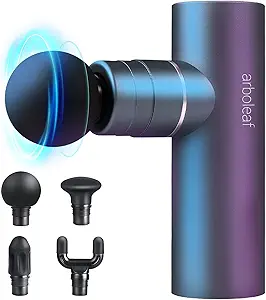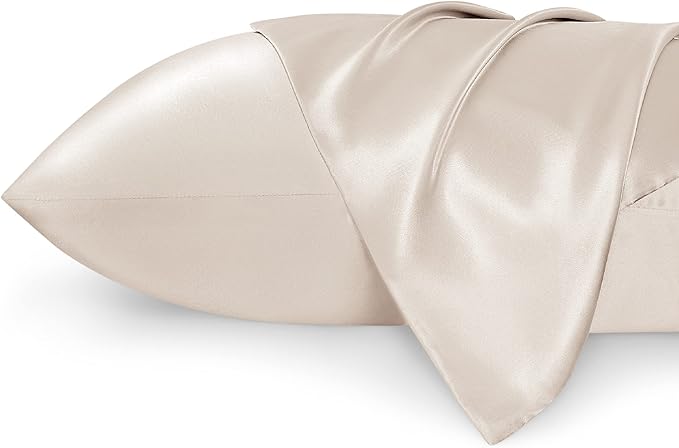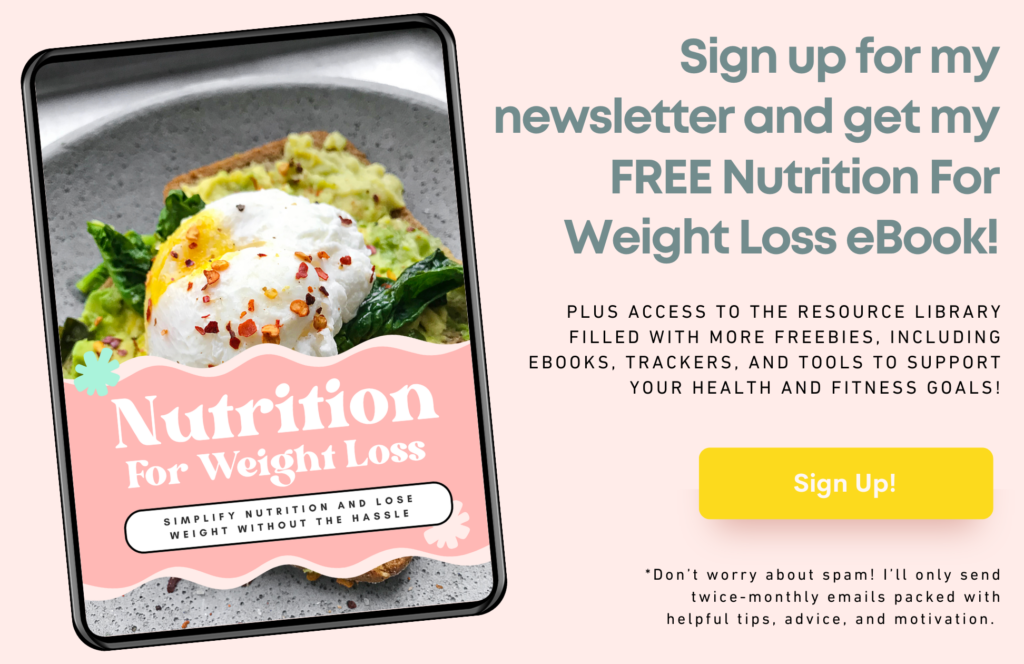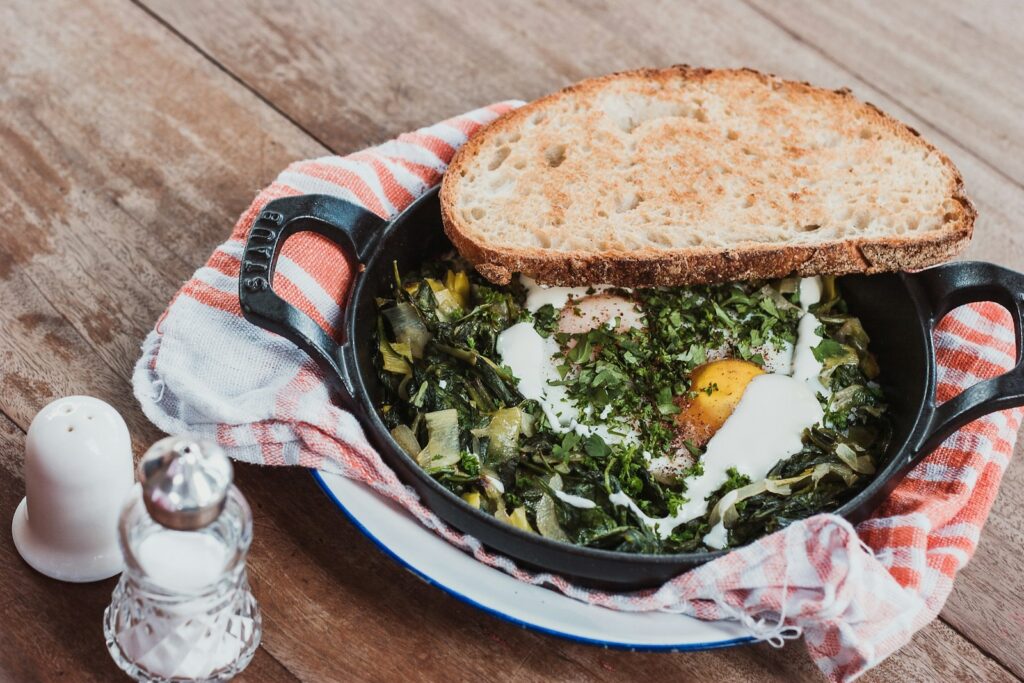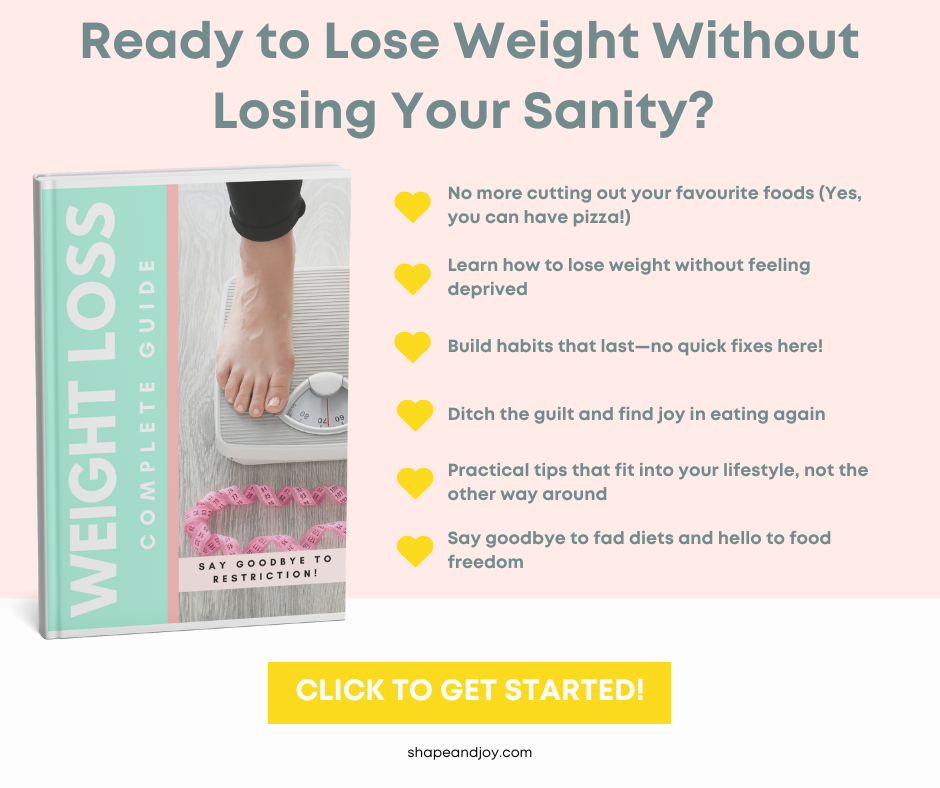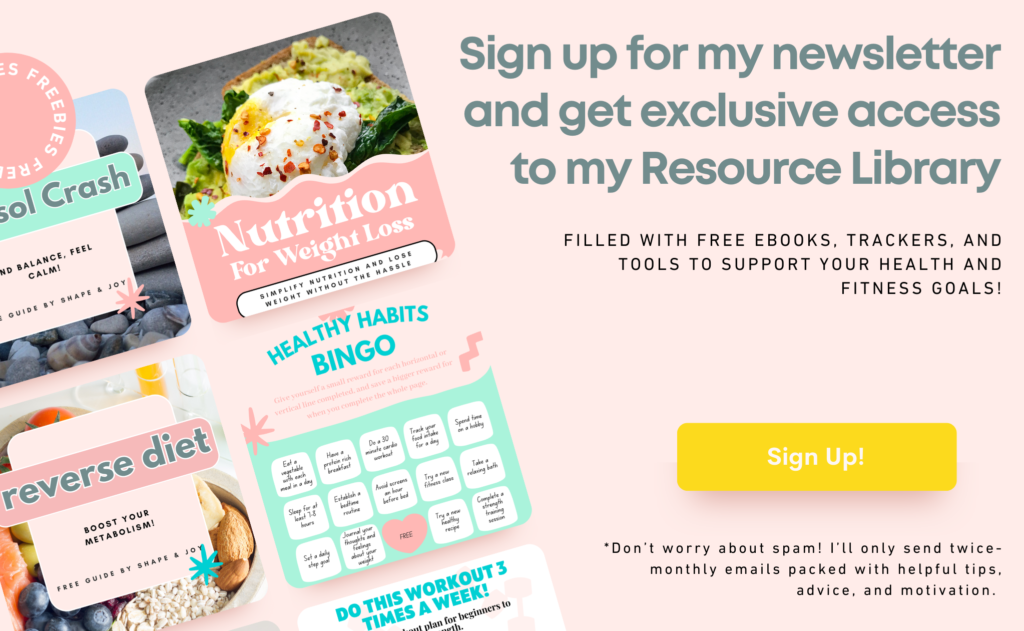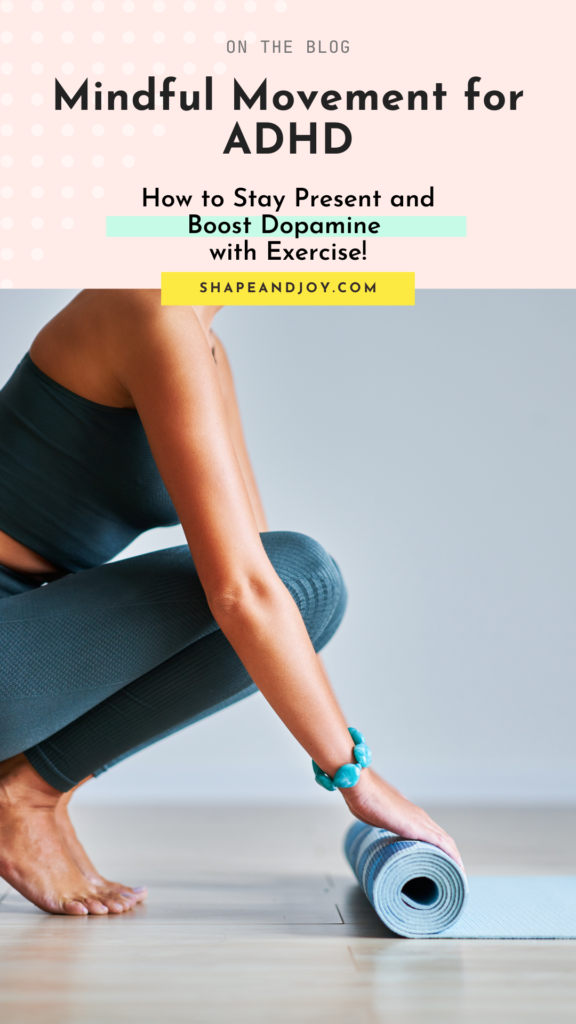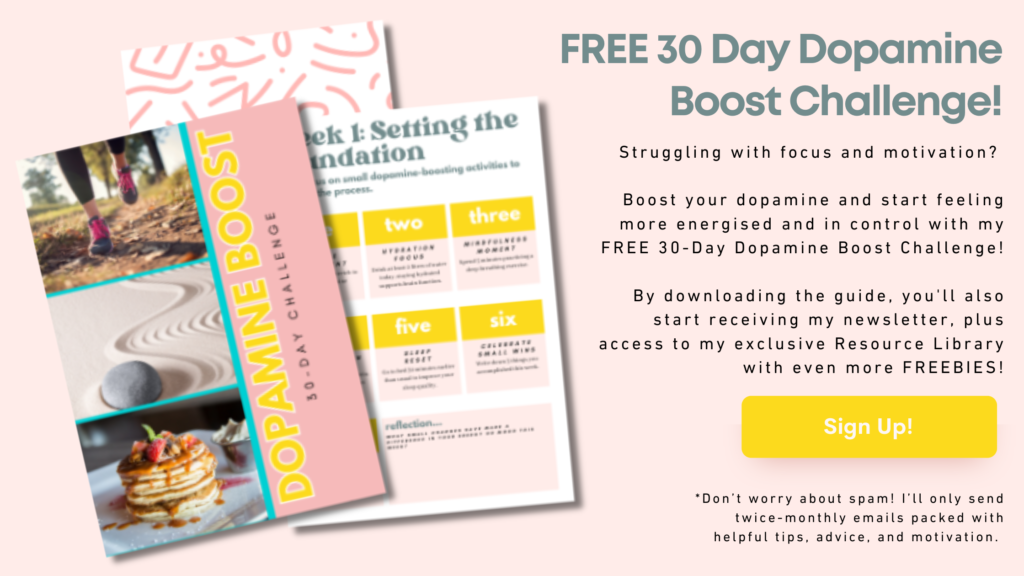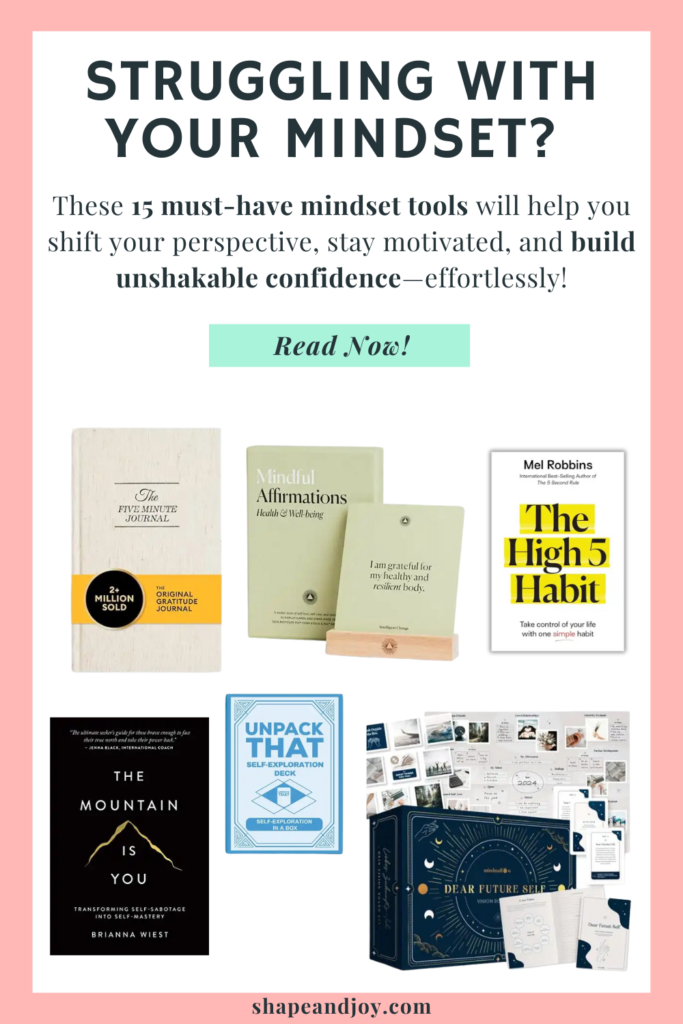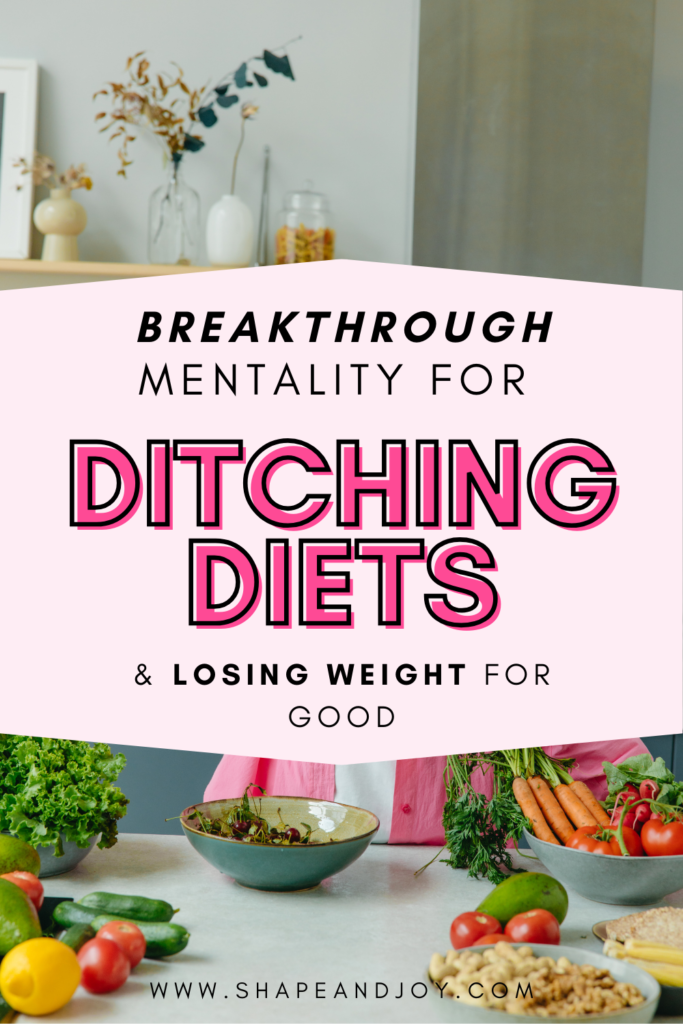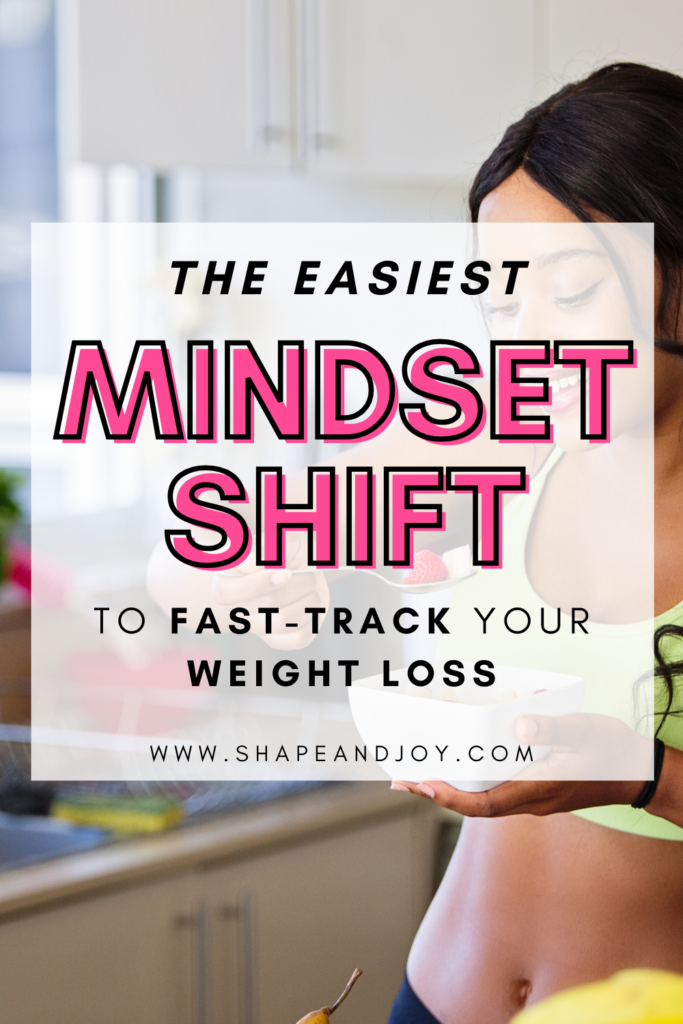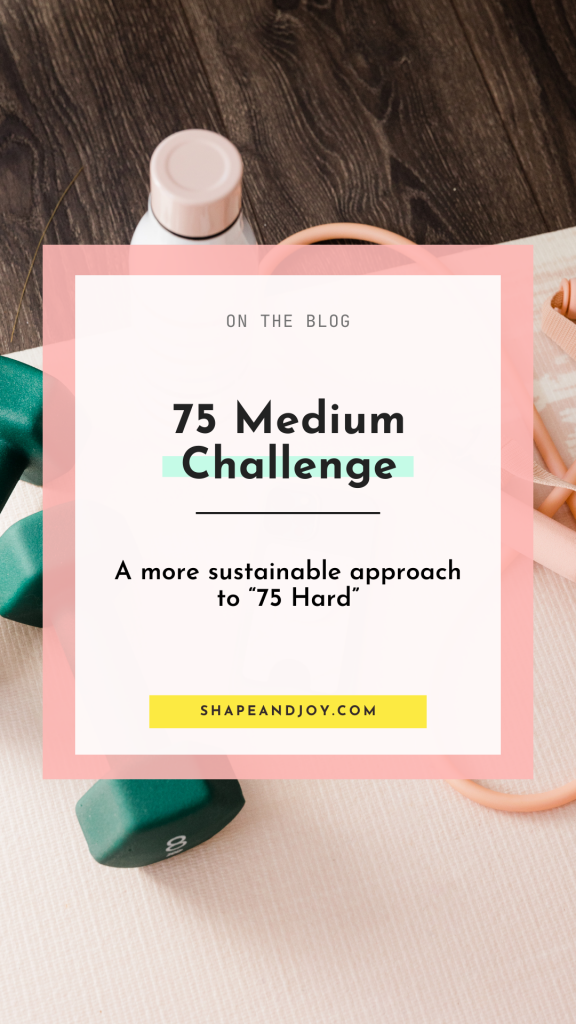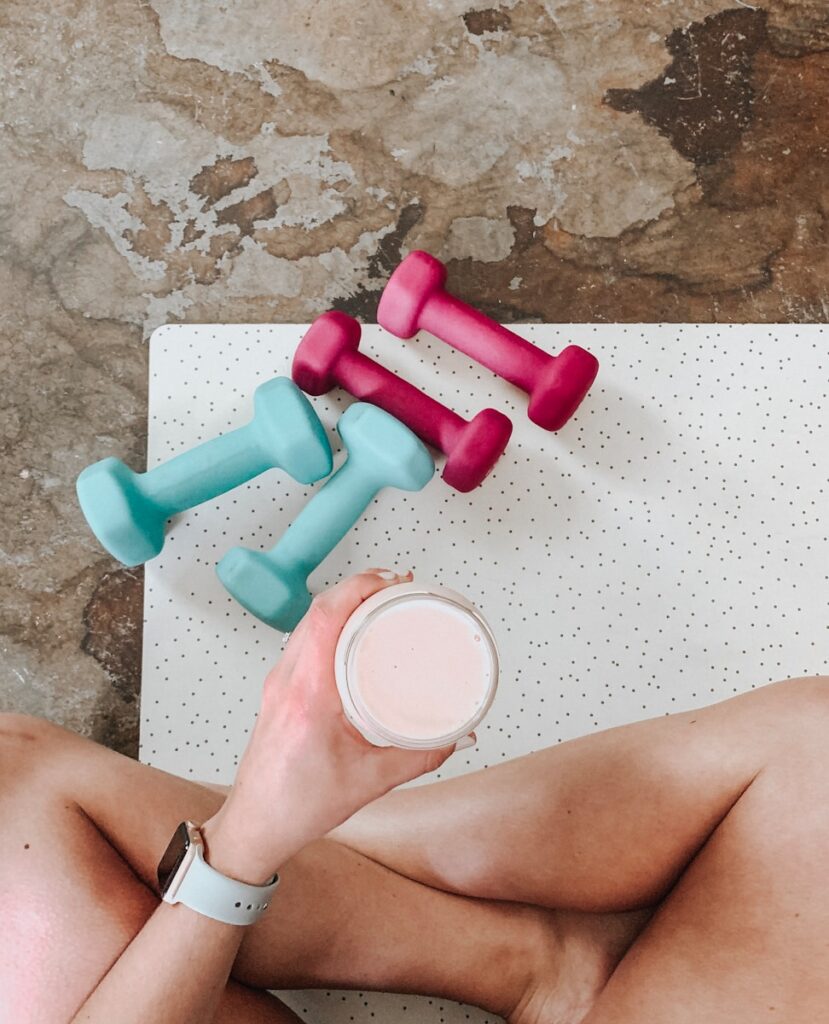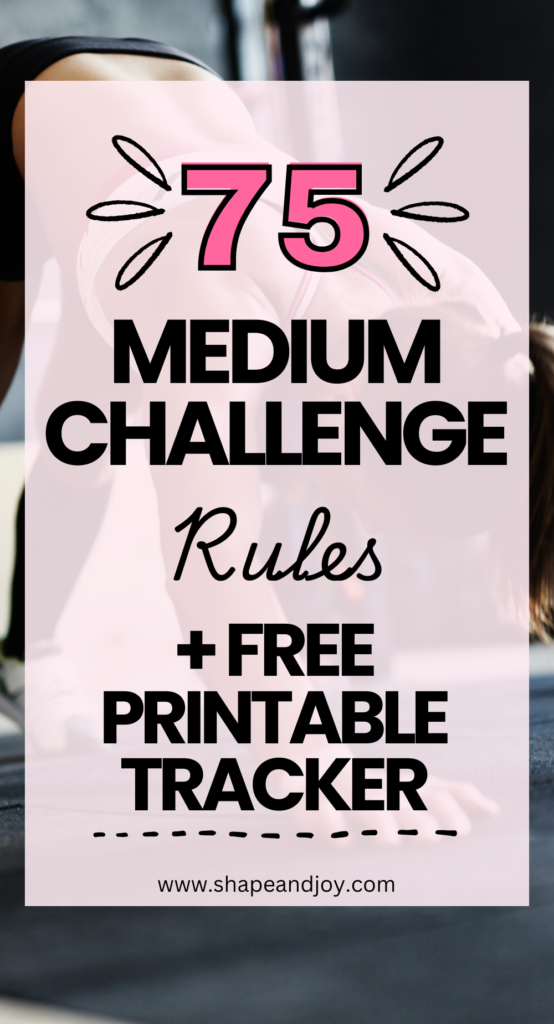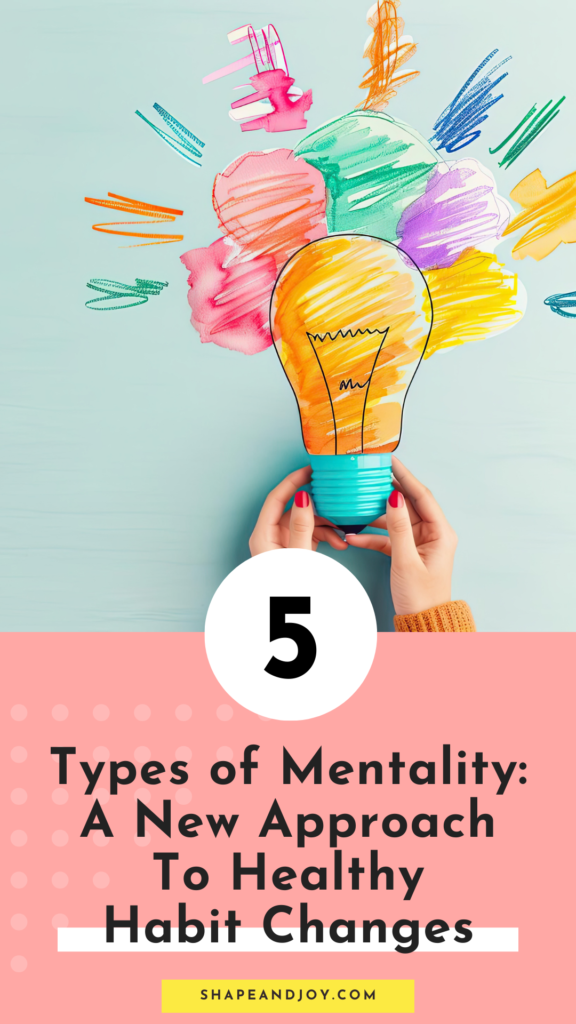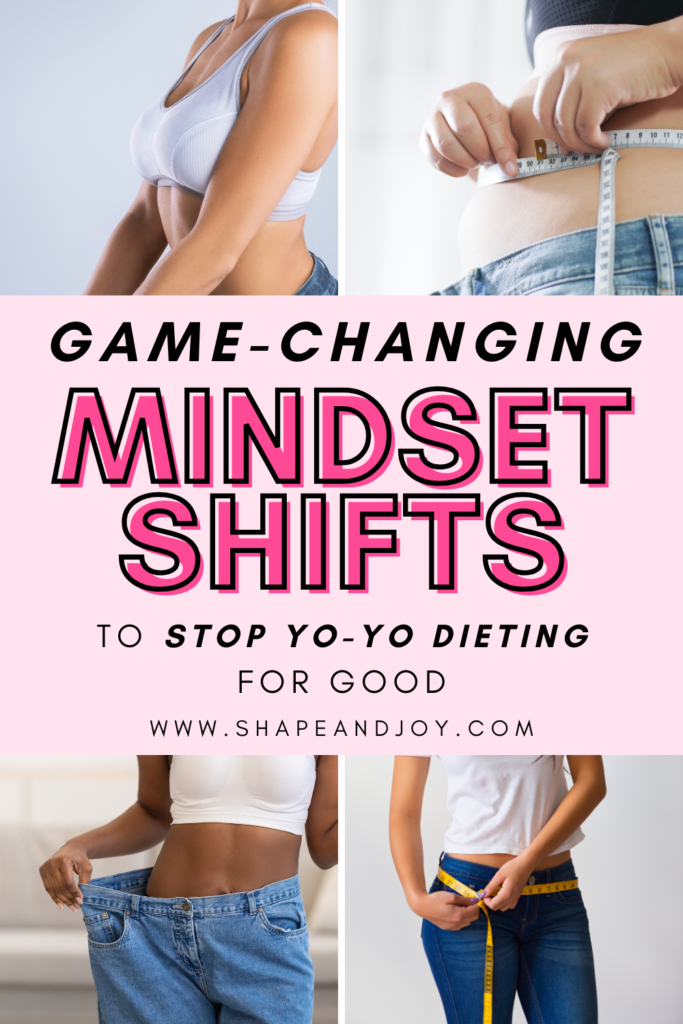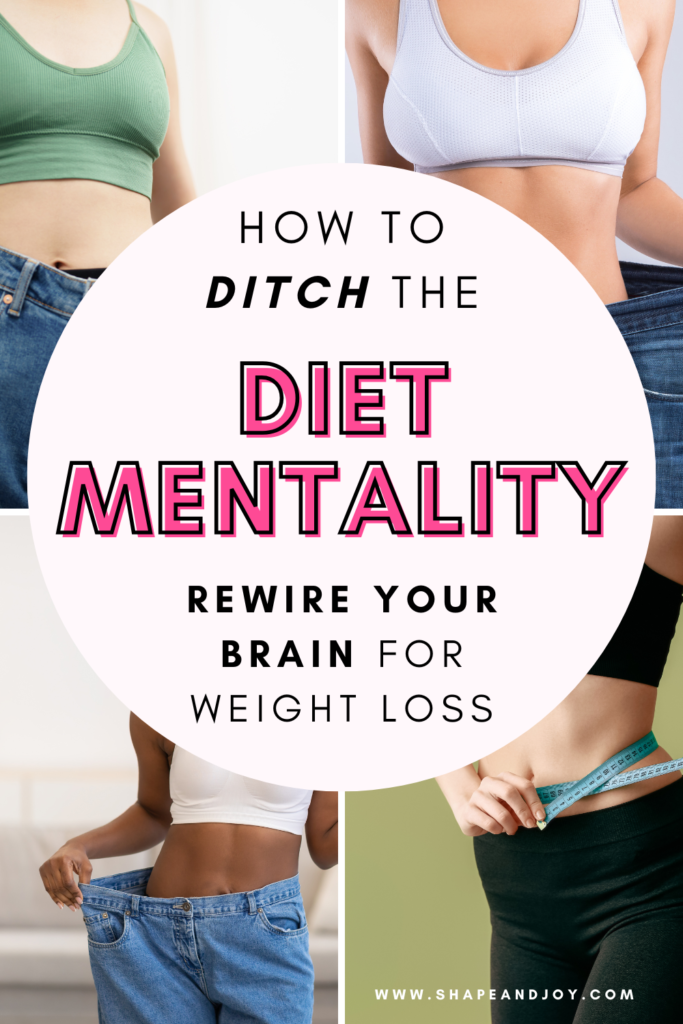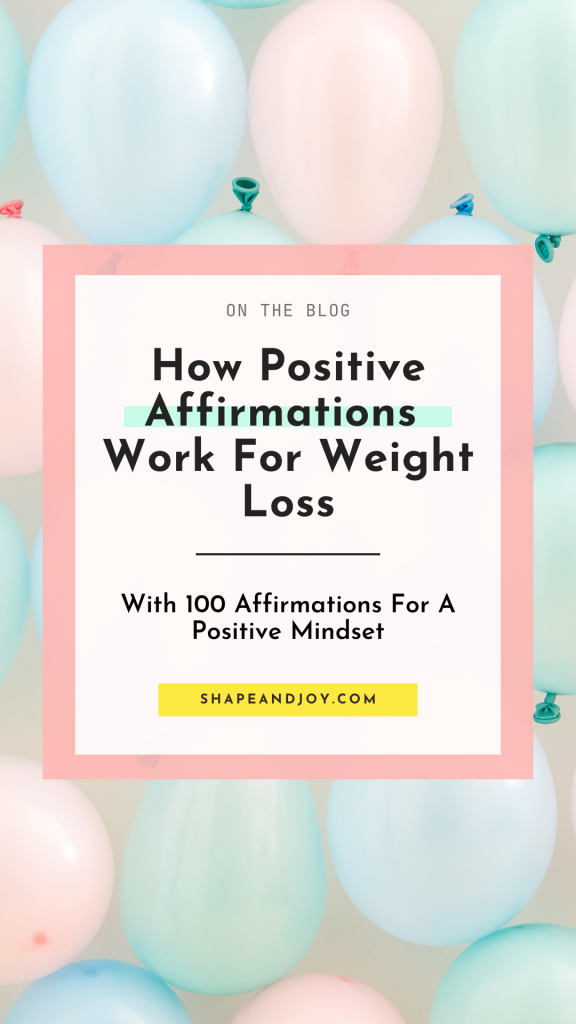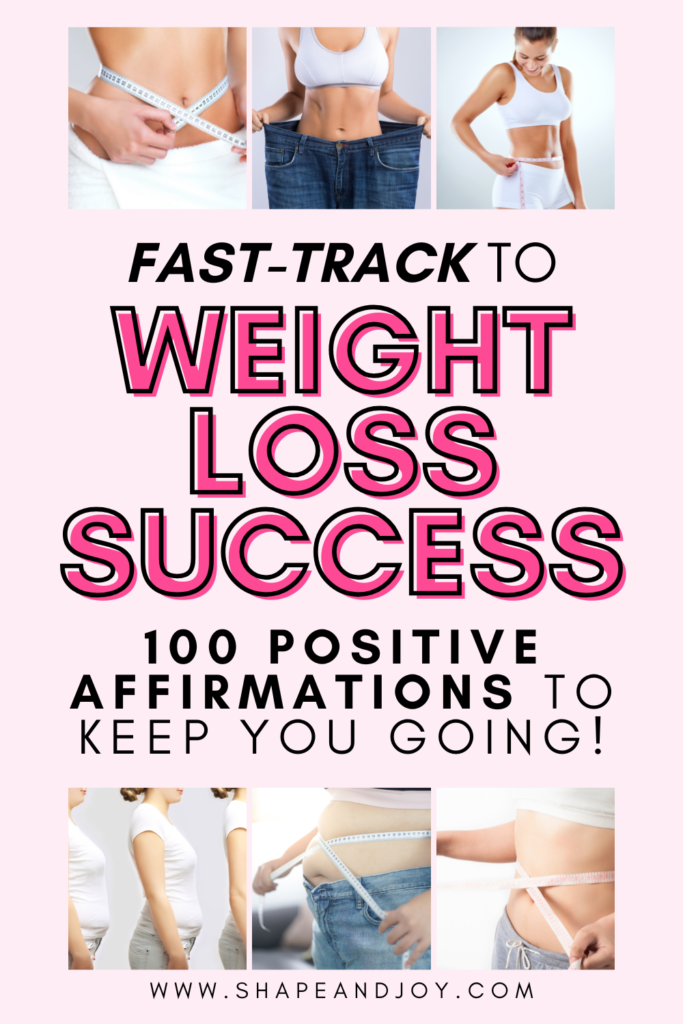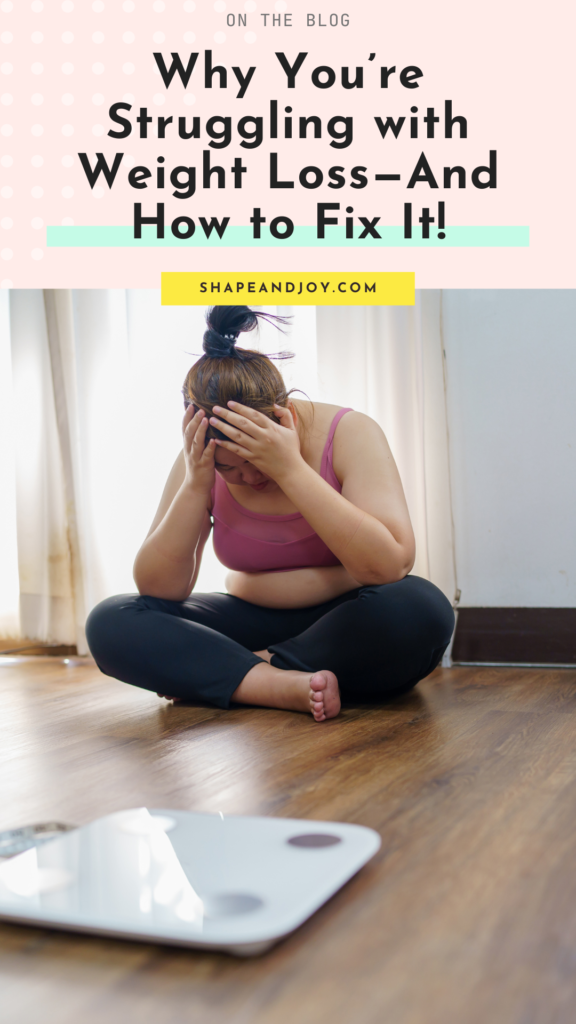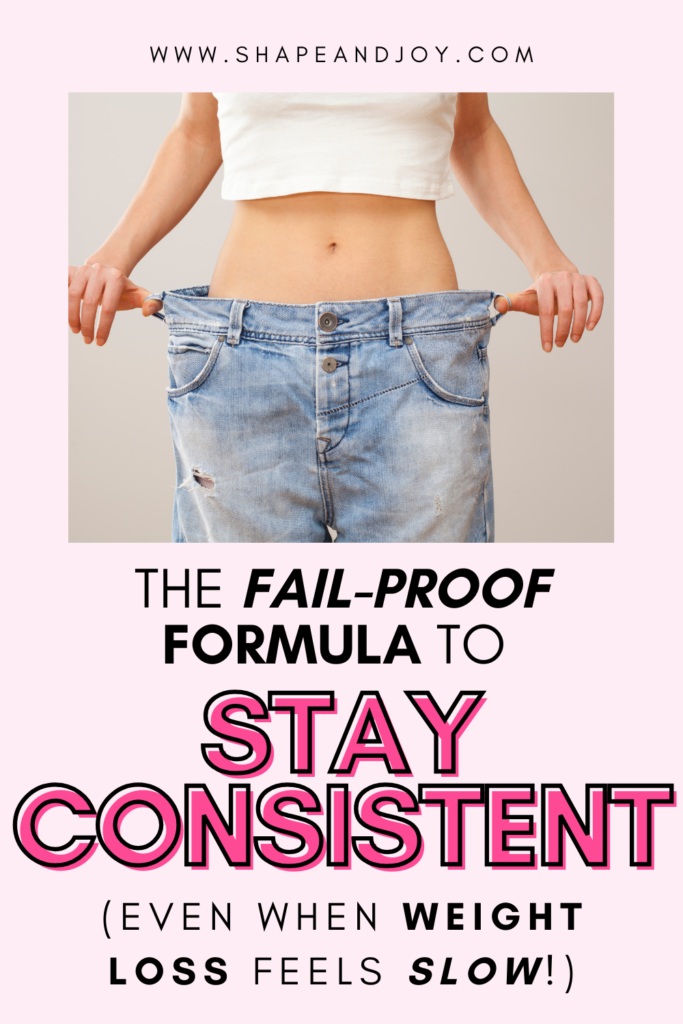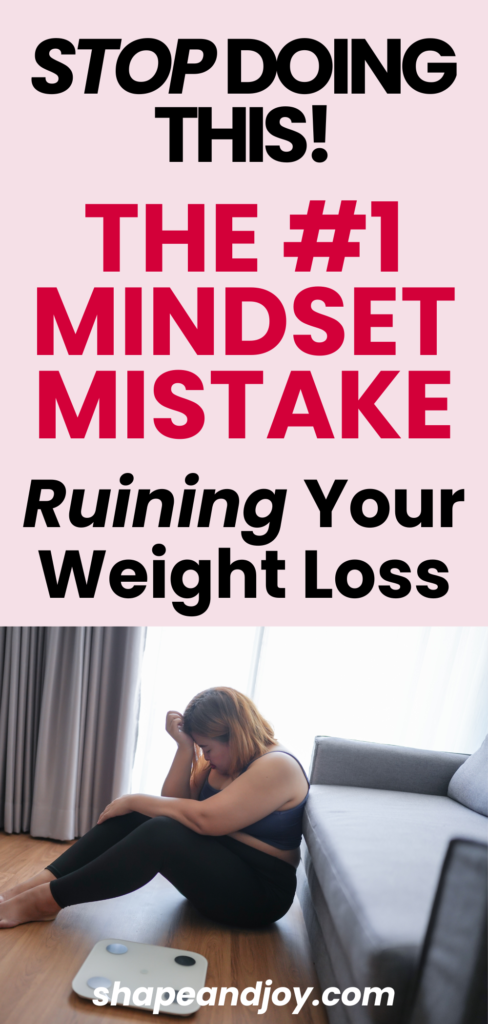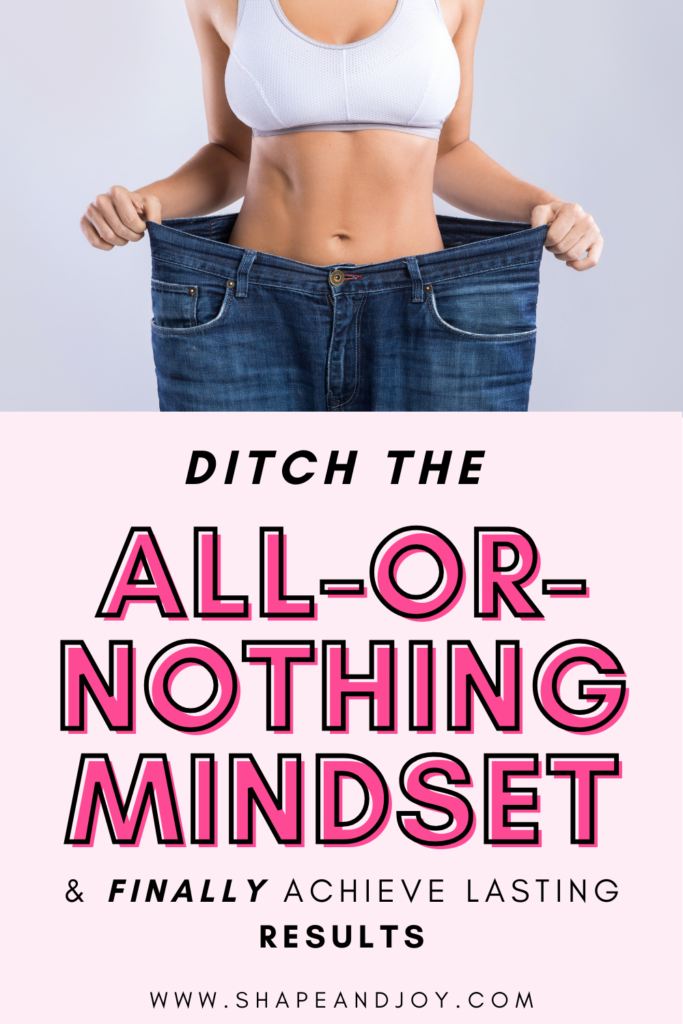8 Foods to Avoid If You’re Serious About Thriving on GLP-1 Medications
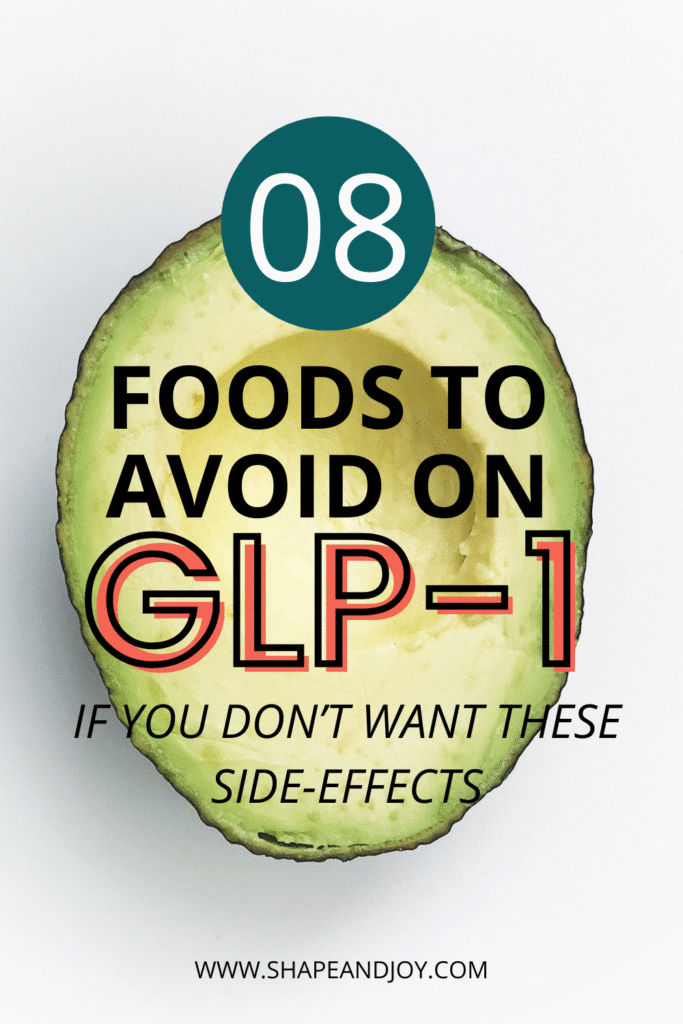
So, you’re on GLP-1 medications—whether that’s Ozempic, Wegovy, or another semaglutide—and you’re smashing it! But then, bam: a dodgy stomach, bloating, or feeling like you’ve eaten a bowling ball. Sound familiar? That’s where knowing what NOT to eat comes in handy.
Before we dive into it, here’s a quick confession: I haven’t taken GLP-1 medications myself. I lost 80lbs by adopting small, sustainable healthy habits that I could stick to long-term. But I’ve spent a lot of time researching GLP-1 medications to stay up to date with the latest weight loss techniques.
Whether it’s a traditional approach or the latest science-backed methods, I’m all about helping you find what works for you.
And here’s something I’ve learned along the way: no food is completely off-limits. Yep, you heard me! Life is too short to say “never” to your favourite treats.
The key is moderation. If you fancy chips or a slice of cake now and then, go for it! Just keep it balanced, and you’ll be golden.
This isn’t about restriction—it’s about learning what helps you thrive while avoiding those “ugh, why did I eat that?” moments.
1. High-Fat, Greasy Foods: The Stomach Bombs
Look, I love chips as much as the next person, but those deep-fried beauties can turn your GLP-1 journey into a greasy nightmare. High-fat, greasy foods are hard to digest, especially when medications like Ozempic slow your stomach emptying.
The result? Nausea, bloating, and a whole lot of regret.
Examples to dodge: Fried chicken, takeaway fish and chips, anything slathered in butter.

Better options: Grilled salmon, roasted veggies with a drizzle of olive oil, or air-fried chips if you’re feeling fancy. These make fab additions to your GLP-1 diet meals!
Pro Tip: If you’re craving a cheeky portion of chips, have a small one and enjoy every bite. It’s all about balance, not banishment!
2. High-Sugar, Processed Foods: The Sneaky Saboteurs
That cheeky slice of cake might seem harmless, but high-sugar foods can spike your blood sugar and leave you feeling knackered.
GLP-1 meds already help balance your blood sugar, so piling on the sweets is like asking for a rollercoaster ride you didn’t queue for.
Examples to dodge: Doughnuts, fizzy drinks, sugar-loaded cereals.
Better options: Fresh berries with Greek yoghurt, or a homemade protein ball. Delicious and effective for your Wegovy diet.
Pro Tip: If cake is calling your name, pair a smaller slice with some protein or healthy fats to keep your energy steady. Win-win!
3. Carbonated Drinks: The Bloat Monsters
Fancy a fizzy drink? Hold that thought. Carbonated beverages can leave you bloated and uncomfortable—especially when your GLP-1 meds already slow digestion.
Bloating plus nausea? No thanks.
Examples to dodge: Fizzy sodas, sparkling water (yes, even the posh ones).
Better options: Still water with a splash of lemon or herbal teas. Hydration never tasted so good, eh?
Pro Tip: Love a fizzy treat? Enjoy it sparingly and see how your body reacts—it might be worth it for a little sparkle in your day!
4. Large, Heavy Meals: The Overload
We’ve all been there—a giant roast dinner that leaves you feeling like you need a lie-down. But here’s the thing: GLP-1 medications slow gastric emptying, so big meals can feel extra heavy.
Portion control is your new best friend.
Examples to dodge: Oversized pasta bowls, three-course meals that’d feed a small village.
Better options: Stick to a “5 meals a day plan” with smaller portions, like grilled chicken and roasted veg for a semaglutide dinner idea. Keeps you full without the food coma!
Pro Tip: Love a hearty meal? Split it up into smaller portions and savour it across the day. No deprivation, just clever planning.
📌 Pin this for later! ⬇
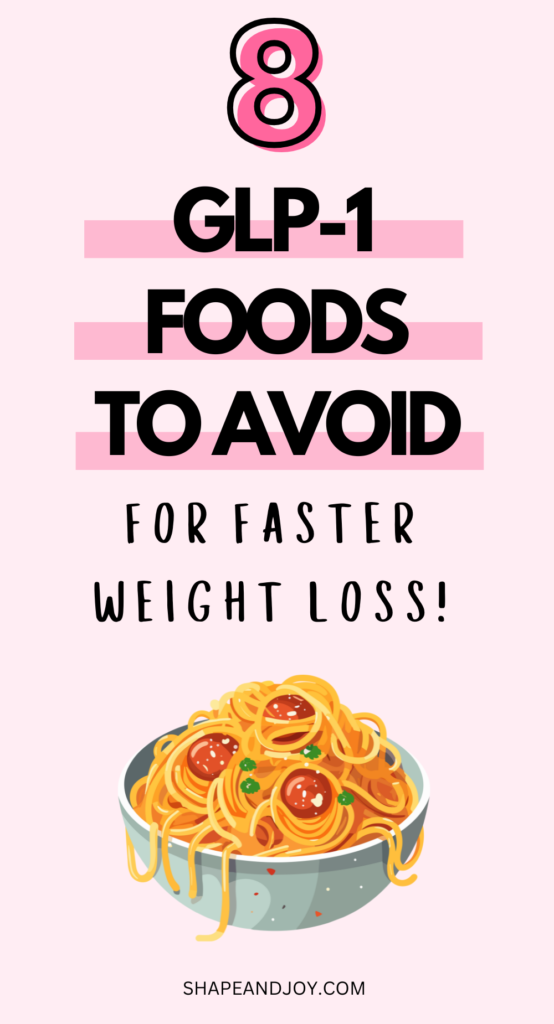
5. Spicy Foods: The Stomach Agitators
As much as I love a spicy stir-fry, too much heat can irritate your stomach—especially if you’re already feeling a bit queasy on GLP-1s.
Let’s save the spice for another time, shall we?
Examples to dodge: Hot curries, chilli sauces, extra spicy snacks.
Better options: Milder dishes like a ginger and turmeric chicken soup. Warm, comforting, and easy on the tummy—perfect for your GLP-1 lunch ideas.
Pro Tip: Can’t resist a bit of spice? Keep it mild and build up slowly—your stomach will thank you.
6. Alcohol: The Fun Sponge
I know, I know—a cheeky glass of wine sounds lovely. But alcohol can mess with blood sugar levels and exacerbate dizziness or nausea.
Not ideal when you’re trying to stick to an Ozempic meal plan.
Examples to dodge: Wine, cocktails, beer.
Better options: Mocktails! Try sparkling water with fresh lime and mint. Fancy and functional.
Pro Tip: Want a drink? Opt for lower-alcohol options and savour it slowly. Cheers to moderation!

7. Artificial Sweeteners: The Belly Bloaters
Sugar-free sounds great until your stomach starts gurgling like a washing machine.
Artificial sweeteners can upset your gut, so proceed with caution.
Examples to dodge: Diet sodas, sugar-free gum, and certain “low-calorie” snacks.
Better options: Sweeten your GLP-1 meals naturally with a bit of honey or stevia. Easy peasy!
Pro Tip: Craving a sugar-free treat? Try it out and see how your body reacts—your gut will tell you if it’s a no-go.

8. Refined Carbs: The Energy Vampires
White bread, pastries, and plain pasta are sneaky little devils. They give you a quick energy hit but leave you ravenous soon after—exactly what your GLP-1 meds are trying to avoid.
Examples to dodge: White toast, croissants, and instant noodles.
Better options: Whole grains like quinoa or brown rice, paired with lean protein. Perfect for low-GI meal prep that fuels your day!
Pro Tip: Love white bread? Pair it with protein or swap it out for sourdough—it’s a happy medium that’s kinder to your energy levels.
Looking for more GLP-1 guidance? This post is part of my GLP-1 weight loss series, covering everything from starting out to maintaining results long-term. Check out all the posts below!
- GLP-1 Medications 101: What They Are and How They Work
- How to Get the Best Results on GLP-1 Medications: Tips for Success
- 5 Common Mistakes People Make on GLP-1 Medications (and How to Avoid Them)
- The Ultimate GLP-1 Meal Plan: Easy Protein-Packed Meals for Weight Loss
- The Ultimate GLP-1 Grocery List
- 8 Foods to Avoid If You’re Serious About Thriving on GLP-1 Medications
- Navigating Side Effects on GLP-1 Medications: What’s Normal & How to Manage Them
- Exercise on GLP-1: The Best Workouts for Fat Loss and Muscle Retention
- Coming Off GLP-1: How to Maintain Your Weight and Avoid Regaining
- 13 GLP-1 Must-Haves to Make Fat Loss Easier (and faster!)
- 14 High-Protein GLP-1 Fakeaway Recipes – Easy, Delicious & Side-Effect Safe!
- The Best GLP-1 Supplements for Energy, Muscle & Health
Want better results from your GLP-1 meds?
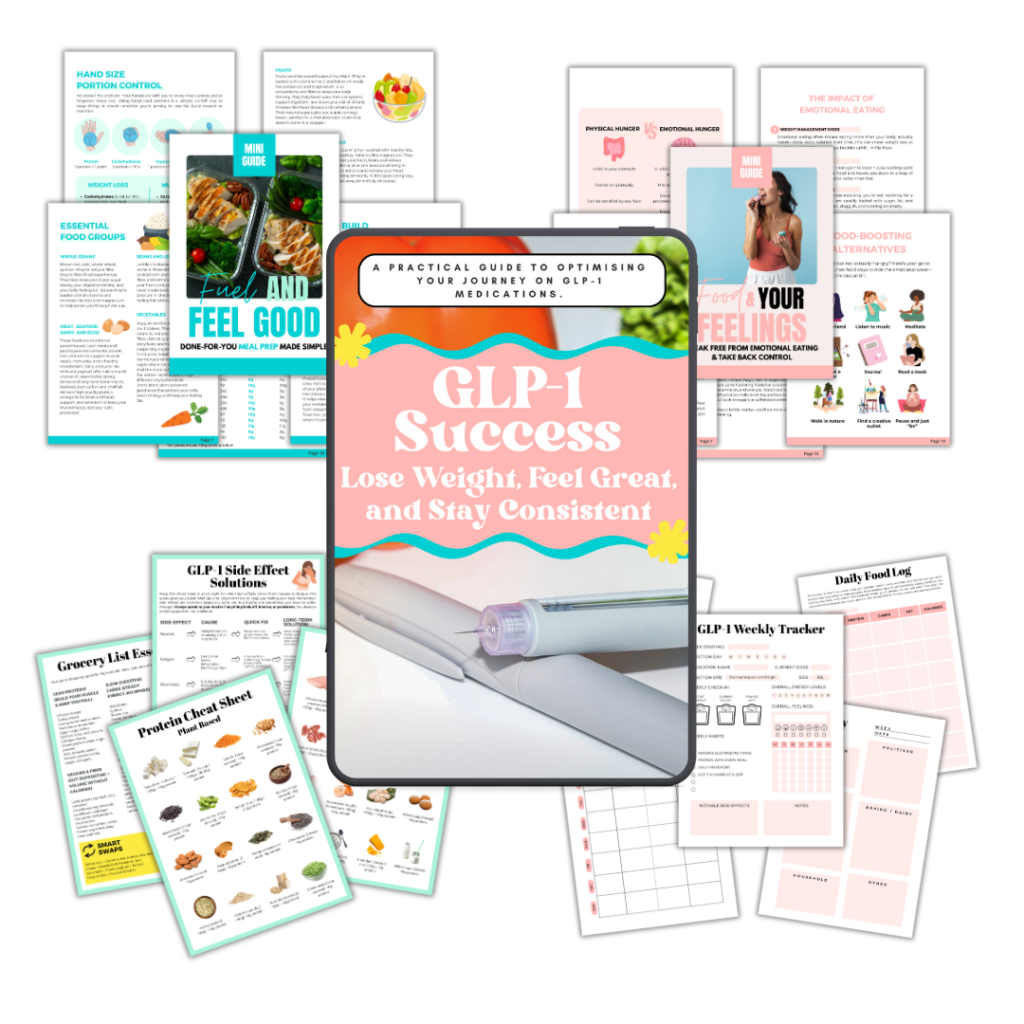
Then you need more than just the injection. The GLP-1 Success Blueprint Bundle is your no-fluff digital sidekick for losing weight, feeling amazing, and actually staying consistent.
Inside, you’ll get a full guide, two mini books, cheat sheets, and trackers to help you:
- Eat enough protein (without living on shakes)
- Tackle side effects without losing your mind
- Stay consistent when motivation vanishes
- Keep the weight off long-term – even after meds
- Actually understand what your body needs
Tap here to learn more and grab your bundle
Final Thoughts
At the end of the day, no food is completely off-limits. Life is about enjoying your meals while on Wegovy, Ozempic, or any GLP-1 medication—not living in fear of your favourite treats.
With a bit of moderation and clever swaps, you can still enjoy all the foods you love while staying on track.
So go on, enjoy those GLP-1-friendly meals, experiment with recipes for Wegovy or Ozempic diets, and make choices that make you feel amazing.
You’re doing brilliantly—and I’m cheering you on every step of the way!
📌 Next up: Navigating Side Effects on GLP-1 Medications: What’s Normal & How to Manage Them – How to handle common side effects like nausea, constipation, fatigue, etc.
📌 Pin this for later! ⬇


